 The 12th Annual Norwegian Stem Cell Networking Meeting took place in Soria Moria, Oslo, on 29th and 30th of September.
The 12th Annual Norwegian Stem Cell Networking Meeting took place in Soria Moria, Oslo, on 29th and 30th of September.
The Norwegian Center for Stem Cell Research was established in 2009 at the Oslo University Hospital-National Hospital (Rikshospitalet) through a directive from the Norwegian Ministry of Health, with funding administered by the Norwegian Research Council. The Norwegian Center for Stem Cell Research is a facility dedicated to basic and translational stem cell research, technical training, and public education.

Our research group was represented by:
- Luiza Ghila presented an integrated view of different aspects of disease mechanism, such as (1) factors involved in pancreatic beta-cell regeneration and (2) strategies to develop human models for diabetes research.
- Simona Chera talked about the influence of age and aging in beta-cell regeneration.
In addition to the presentations held by PhD students and postdoctoral fellows, there were also two invited international speakers Pierre Bagnaninchi (University of Edinburgh) and Karim Si-Tayeb (Nantes University), and a special session on using EU´s Horizon 2020 program to help fund the stem cell research.

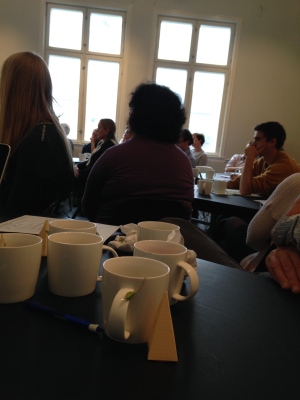
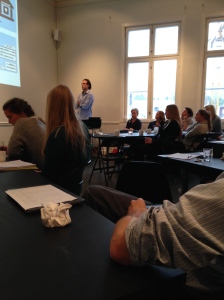
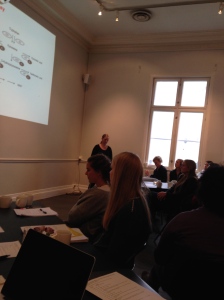
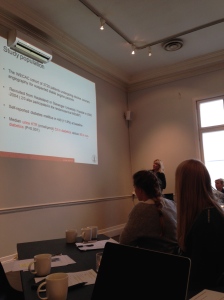

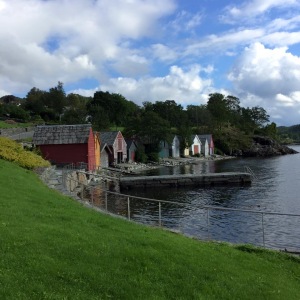
 We can now continue
We can now continue  After several weeks of careful planning and due to sustained efforts of our group members we were able to create our first colony of induced pluripotent stem cells. We used as a starting material the fibroblasts donated by diabetic patients, and episomal reprogramming. Good work Heidrun, Yngvild and Constantin!
After several weeks of careful planning and due to sustained efforts of our group members we were able to create our first colony of induced pluripotent stem cells. We used as a starting material the fibroblasts donated by diabetic patients, and episomal reprogramming. Good work Heidrun, Yngvild and Constantin!
 Before coming to Bergen, Constantin Berger was a Bachelor student in the research group of Marco Metzger, in Wuerzburg. During his bachelor thesis, he worked on the differentiation of mESC to intestine cells (title: “Time-dependent characterization of intestine cells derived from murine embryonic stem cells in vitro”). He is currently doing the master program “Biomedical Science” at the Julius-Maximilians Universitity in Wuerzburg (due date September 2016).
Before coming to Bergen, Constantin Berger was a Bachelor student in the research group of Marco Metzger, in Wuerzburg. During his bachelor thesis, he worked on the differentiation of mESC to intestine cells (title: “Time-dependent characterization of intestine cells derived from murine embryonic stem cells in vitro”). He is currently doing the master program “Biomedical Science” at the Julius-Maximilians Universitity in Wuerzburg (due date September 2016).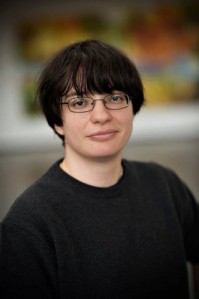 We wish to congratulate Simona for her new position: Associate Professor at the Department of Clinical Science, UiB.
We wish to congratulate Simona for her new position: Associate Professor at the Department of Clinical Science, UiB.

 Before coming to Bergen, I was a postdoctoral fellow and lecturer (maître-assistant) in the laboratory of Prof. Pedro Herrera, at the Faculty of Medicine, University of Geneva, in Switzerland. In the past 4 years in this position, my research focused on pancreatic β-cell regeneration and cell plasticity, and recently, we were able to uncover a second age-dependent regenerative mechanism involved in spontaneous murine pancreatic regeneration (
Before coming to Bergen, I was a postdoctoral fellow and lecturer (maître-assistant) in the laboratory of Prof. Pedro Herrera, at the Faculty of Medicine, University of Geneva, in Switzerland. In the past 4 years in this position, my research focused on pancreatic β-cell regeneration and cell plasticity, and recently, we were able to uncover a second age-dependent regenerative mechanism involved in spontaneous murine pancreatic regeneration (
